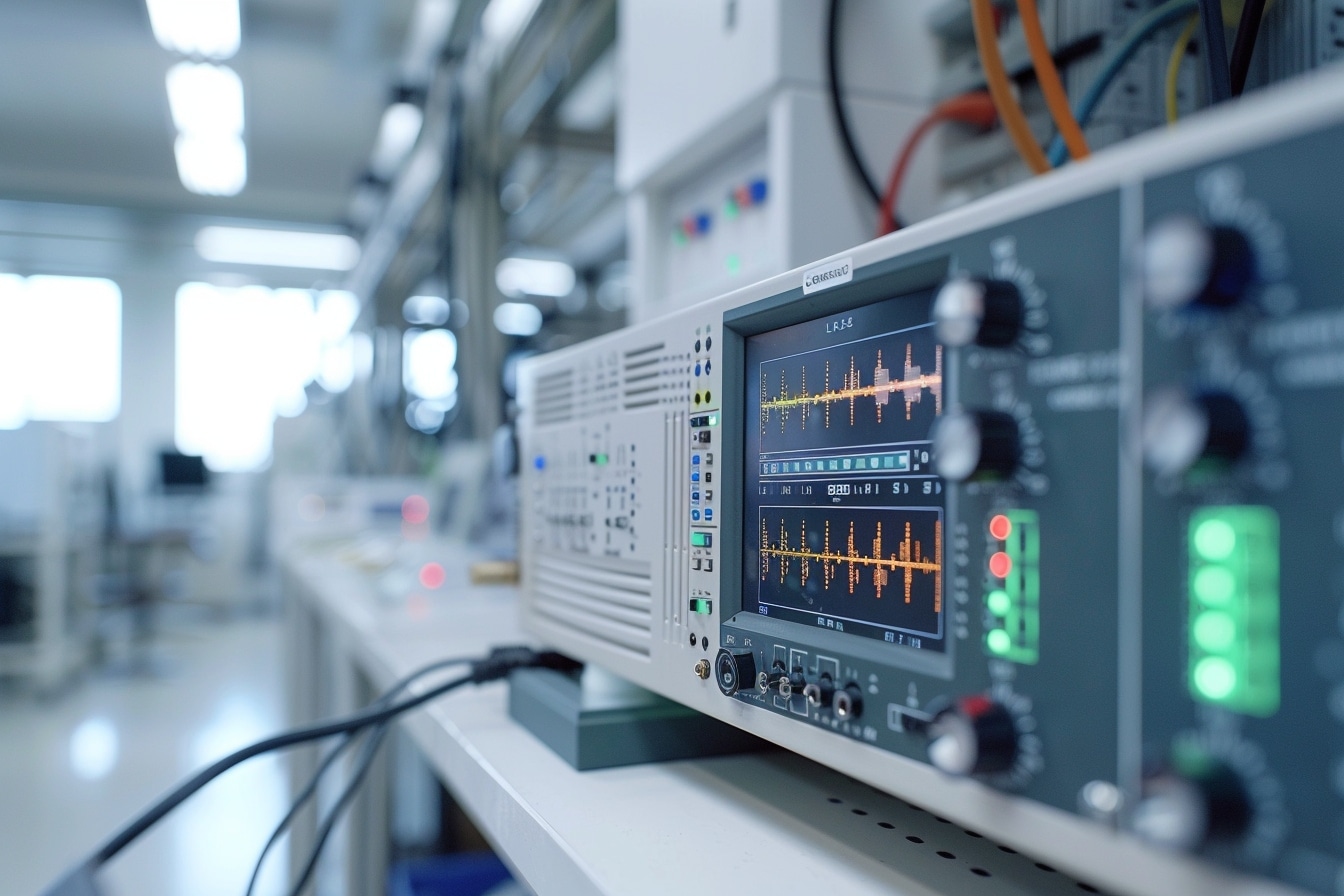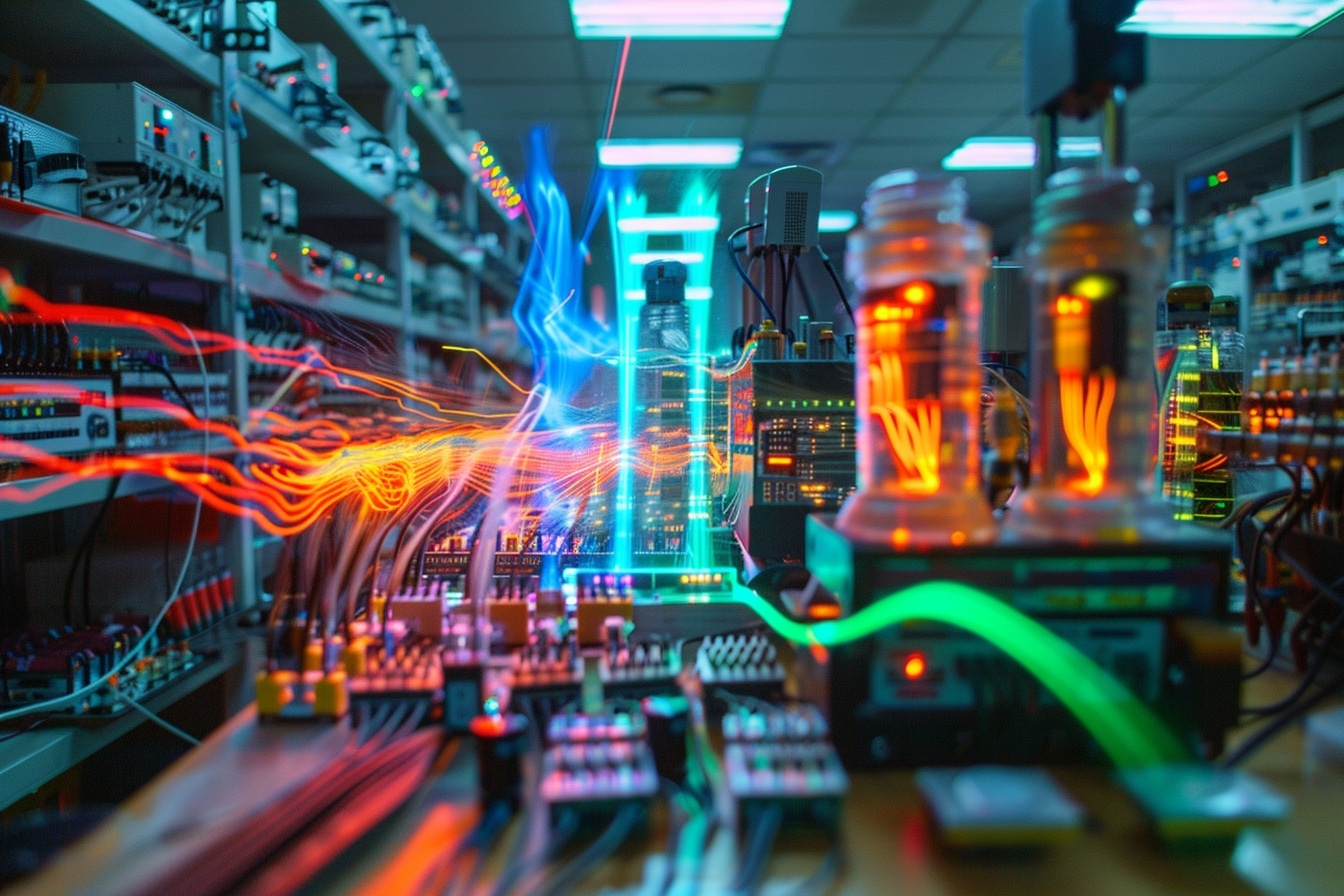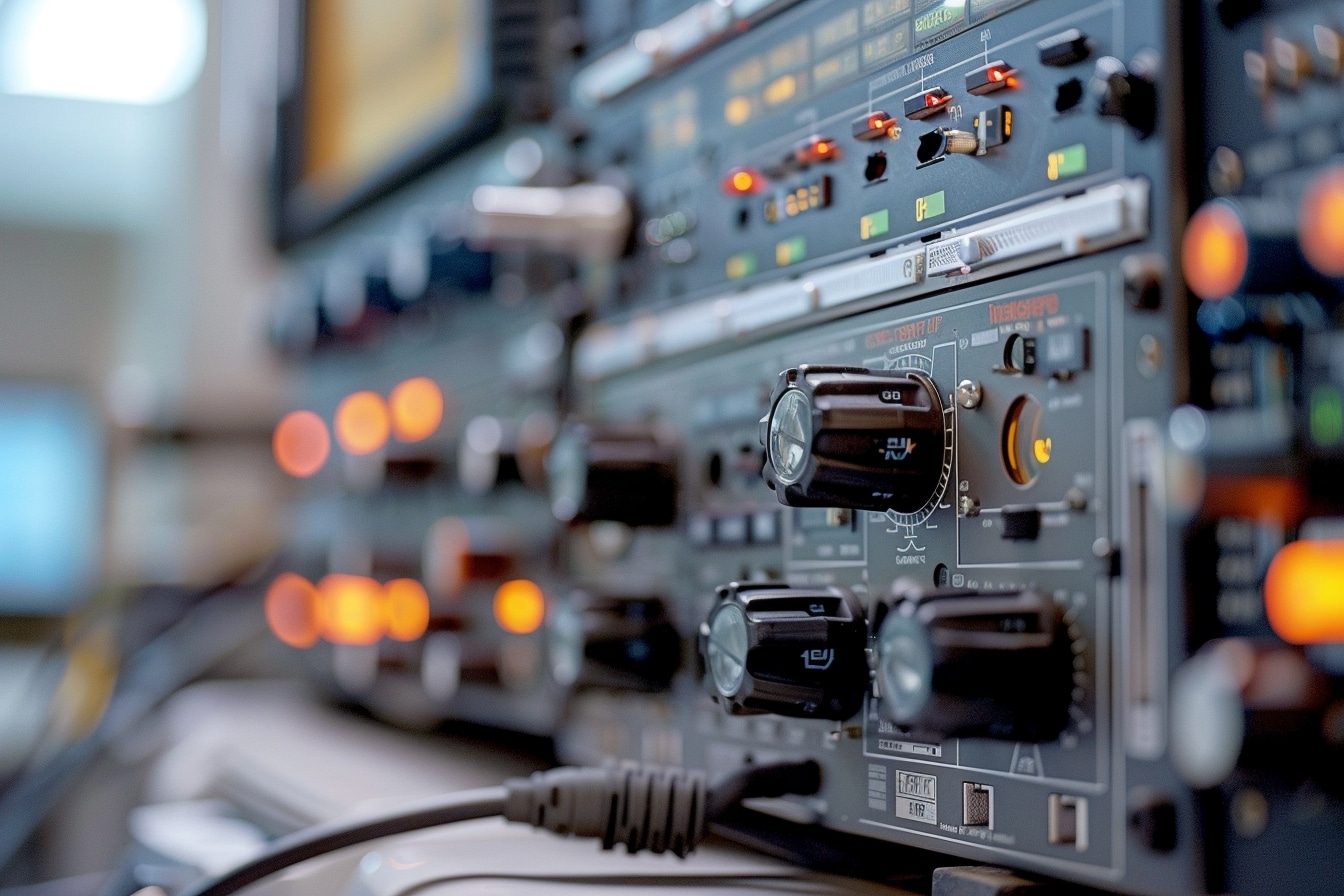Clarifying Your Connection: Proven Strategies for True, Interference-Free Signals

In the increasingly connected world of wireless communications and the multiple electronic devices that surround us, the spectrum of interference is widening. Radio, Wi-Fi, Bluetooth and other signals can suffer from disturbances that result in reduced performance or even outages. The ability to eliminate this interference is paramount to ensuring a clear signal and flawless data transmission. Let’s decipher together effective techniques to deal with these inconveniences.
Understanding sources of interference

Before the problem can be remedied, it is essential to recognize potential sources of interference. Interference can be categorized into two main types: passive and active interference.
Active interference come from devices emitting a radio frequency signal, such as cell phone base stations, Wi-Fi routers and even microwaves.
Passive interference, in turn, are caused by the presence of objects that modify the electromagnetic properties of the environment, such as metal wires, reinforced concrete structures or devices with large electrical consumption.
Strategies to mitigate interference

Channel selection is an effective method for reducing interference, especially for Wi-Fi. Most modern routers provide the ability to manually choose the least crowded channel. Analytical tools like Wi-Fi Analyzer can help identify less used channels.
Distance from devices is a practical and often underestimated solution. Positioning electronic devices at a sufficient distance from each other can significantly limit disruption. This also applies to the location of routers in relation to walls and metal objects.
Firmware update devices is a crucial step. Manufacturers regularly release updates that optimize performance and reduce interference vulnerabilities.
Use of filters and shields
The adoption of EMI/RFI (Electromagnetic/Radio Frequency Interference) filters is a powerful tactic. These filters, which connect between the device and the power source, can reduce and even eliminate interference.
THE shielding cables and devices is also an option to consider. By surrounding electronic components with a conductive material, we create a screen that blocks the propagation of electromagnetic interference.
Advanced techniques
For environments where interference is particularly stubborn, more advanced techniques may be required.
Antenna diversity consists of using several antennas for reception or transmission of the signal. The device can thus choose the best signal among those received, which reduces the impact of disturbances.
MIMO (Multiple Input, Multiple Output) technology uses multiple antennas to send and receive multiple data streams simultaneously. This method improves signal quality and resilience to interference.
Good neighbor practices
Sharing radio space requires a spirit of collaboration. Respect the good neighborly practices in radio spectrum management can greatly contribute to optimizing the use of wireless frequencies.
Engaging with other signal users in your environment allows you to better coordinate channels and usage times to minimize mutual disruption.
Maintaining an optimal network topology

Enterprise Wi-Fi networks often benefit from implementing a optimal network topology, where the placement of access points is studied to effectively cover the necessary areas while avoiding unnecessary signal overlaps that generate interference.
Regular audits Network installations help maintain optimal configuration over time and changes in the work environment.
Professional assistance
Use the services of experts in telecommunications engineering to diagnose and correct interference problems can be a wise investment. These professionals have the tools and expertise to detect sources of interference and provide appropriate solutions.
Without converging on a conclusion, it is essential to integrate this knowledge into our daily technological lives to preserve the quality of digital communications. A proactive and informed approach will foster an environment where data flows unhindered, ensuring the efficiency and reliability of our wireless connections.
Comments
Leave a comment